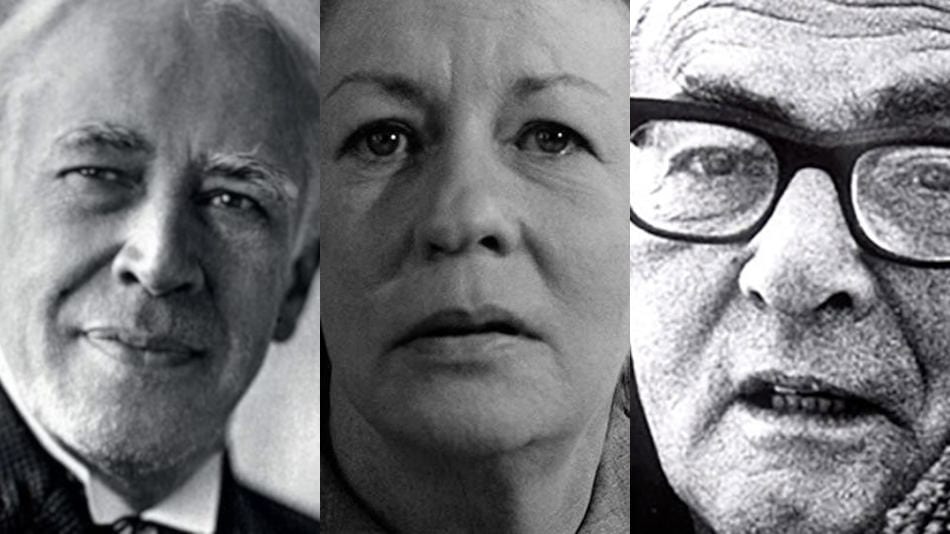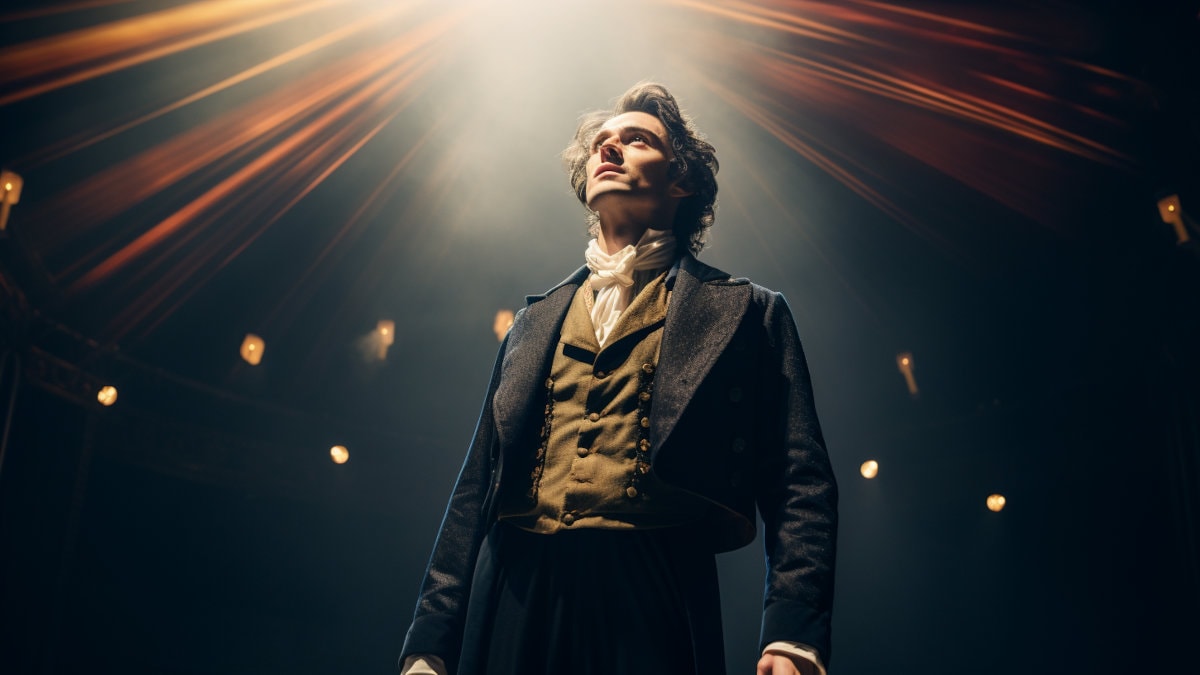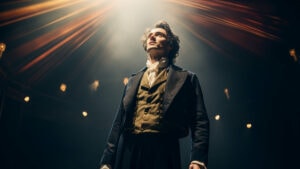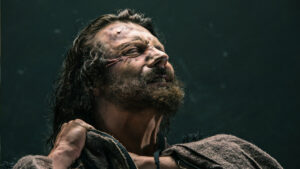If you want to become a better actor, learning an acting technique is one of the best ways to dramatically develop your craft. But there are many acting techniques that you could learn, and every actor has their own preference and opinion on which one is the best, so where should you start?
If an actor hasn’t yet studied an acting technique, The Stanislavski System is the best place to start. Since Stanislavski’s techniques have inspired many other methods, understanding these techniques will not only dramatically develop an actors ability but also help them when learning other methods.
But there are many great methods, so in order to make a decision on which method you’d like to learn, you’ll first need to understand your options.
So in this article, I’m going to be listing the top five acting methods that I believe every actor should know. I’ll be including a sneak peek into each of them as well as giving the best routes for getting started with these techniques.
Table of Contents
Konstantin Stanislavski – The Stanislavski System
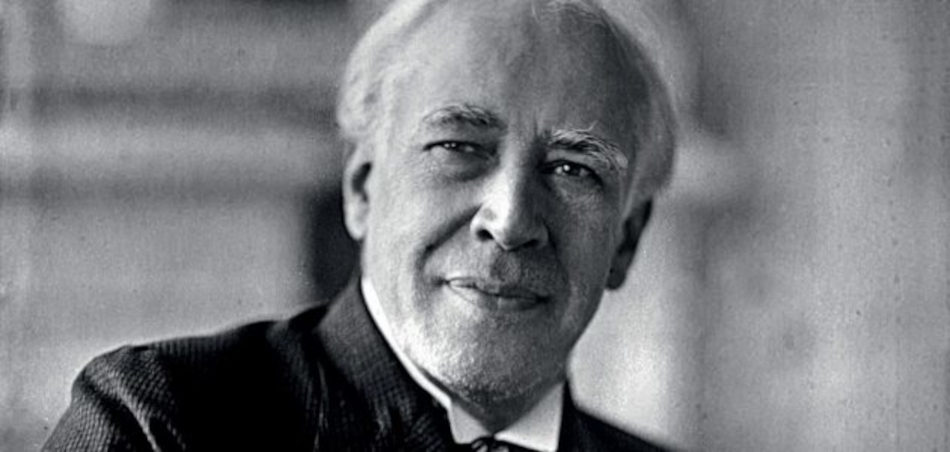
Konstantin Stanislavski was an acting teacher and director who is commonly referred to as the father of modern acting. He is so influential that his techniques have shaped all actors of the modern-day, whether they know it or not.
Stanislavski is, without a doubt, the most popular and well-known acting teacher. This is because he revolutionised the way that we see acting today. He was the first to culminate a set of techniques, developed by working with some of the best actors of his generation, into a system that was designed to cultivate naturalistic and believable performances.
This, as well as his research into psychology, resulted in what we now know as The Stanislavski System. This system has influenced many of the other teachers on this list such as Meisner, Strasberg and Adler who are incredibly influential in their own rights.
I would genuinely be shocked if a professional actor told me that they didn’t know who Stanislavski was. I believe that every actor should learn his techniques.
What Are Stanislavski’s Techniques?
Stanislavski has many techniques that are created to help an actor perform more realistically and as true to life as possible. Some of his most notable techniques are:
- The Magic If
- Given Circumstances
- Tasks & Objectives
- The Seven Questions
- Emotional Memory
Take Control of Your Acting Career
Learn to build a consistent and sustainable career in the entertainment industry!
The Seven Questions is a groundbreaking system for developing characters, by answering a set of seven questions. The idea is that, by answering these seven questions as in-depth as possible, using the text as a base layer of knowledge for your character’s traits and qualities and then building on that using your imagination, you would be able to encapsulate a character that is three dimensional.
Many of Stanislavski’s techniques have been used and developed upon by other well known practitioners, but they all originate from Stanislavski’s System.
Where Can I learn Stanislavski’s Techniques?
Actors can find many great workshops on Stanislavski, and most of the top drama schools will teach his methods, among others. I would also recommend that you read his books, whether you’re already studying his techniques or not, reading his own words will allow you to get the information directly from the source.
Stanislavski wrote many books but here are the three I’d recommend:
Some may find these books confusing as they go into a lot more than just acting technique. My personal favourite book that combines Stanislavski’s teachings into one book is The Complete Stanislavski Toolkit by Bella Merlin.
Whether you’re in drama school, or just looking to improve on your acting from home, I would highly suggest giving them all a read, as you will learn so much in these books that will undoubtedly assist you in your journey of becoming a better actor.
READ: Top 12 Drama Schools in the UK
Sanford Meisner – The Meisner Technique
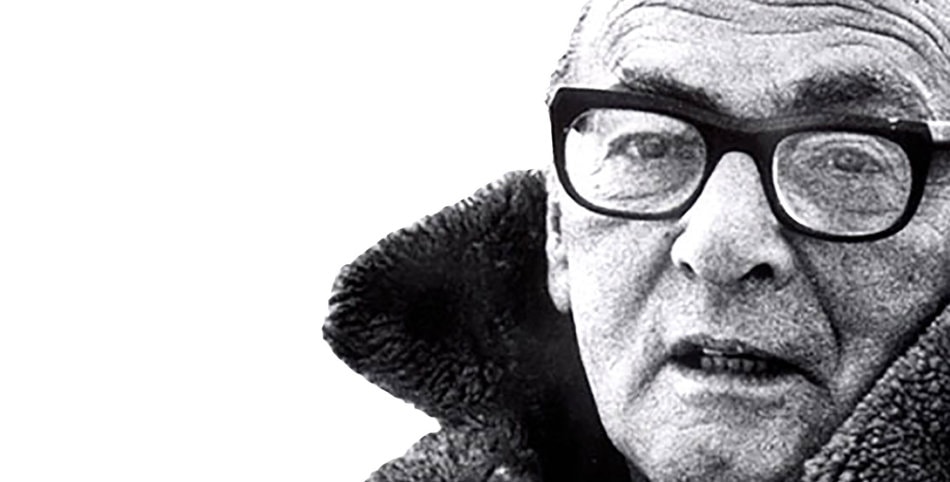
Sanford Meisner was an American acting teacher who is often referred to as the American theatre’s best-kept secret. He believed that actors got stuck in their heads. Over time he developed his techniques to allow actors to act from instinct in order to “live truthfully under imaginary circumstances.”
Meisner’s students often speak of him as “the only acting teacher.” And he was so influential in his teaching that his spirit runs through thousands of actors all around the world. His techniques help actors get out of their heads and focus on the people, and circumstances of the scene.
I recently struggled with learning lines as I was getting too in my head about it all. His ideologies have personally helped me to stop thinking about the lines in the script and instead become present within the scene.
What Are Meisner’s Techniques?
Meisner’s techniques all focus on allowing the actor to act truthfully and from instinct. When teaching, if Meisner saw fake emotion during an exercise, he would stop the scene and address it. There’s no room for emotion that seems fake or unjustified in a scene. Meisner has many amazing techniques that can help actors, but here are the three most popular:
- Emotional Preparation
- Repetition
- Improvisation
Repetition is one of Meisner’s most well-known exercises, where an actor will stand across from their scene partner and make an observation about them. This could be the colour of their shoes, the creases in their shirt, an emotion they recognise or any other genuine observation that they make of the person opposite them.
The scene partner will then repeat this observation, and they will continue to repeat between them. “You have big teeth,” “I have big teeth?” and on and on. Eventually, the repetition will adapt due to the repetition and reaction of the partners. “Alright, I have big teeth.” “You look bothered?” “Just a little bit” “Just a little bit?” “A little bit.”
Meisner would encourage actors to call out every observation they make during the repetition exercise, stopping the scene when they don’t call something out.
Although this technique may not seem game-changing, it is incredibly powerful. It allows actors to get out of their heads and to actually see their scene partners and acknowledge the things they see in the world, rather than think about the lines in a script. This exercise helps create true emotion and adaptability in an actor.
I’m sure everyone has heard the phrase, “acting is reacting.” The Meisner Technique allows actors to react truthfully in every moment of a scene. It allows an actor to come to life during each performance, rather than going through the motions.
Where Can I learn Meisner’s Techniques?
Meisner believed that the only way to learn his techniques was to study with him for two years. And to teach his techniques you had to do the curriculum twice, meaning four years in total.
Unfortunately, Meisner is no longer with us, but there are many great teachers that have dedicated years to teaching and mastering his techniques.
There are also some amazing resources that I’d encourage you to utilise. Sanford Meisner on Acting is a brilliant book that guides you through his teachings and allows you to get an insight into Sandy’s mind and his ideologies.
As well as this, I’d encourage you to watch this 4-hour archive footage of Meisner teaching. I personally jumped back and forth between the video and the book, which helped me forge a deeper understanding of The Meisner Technique.
Uta Hagen – The Uta Hagen Technique
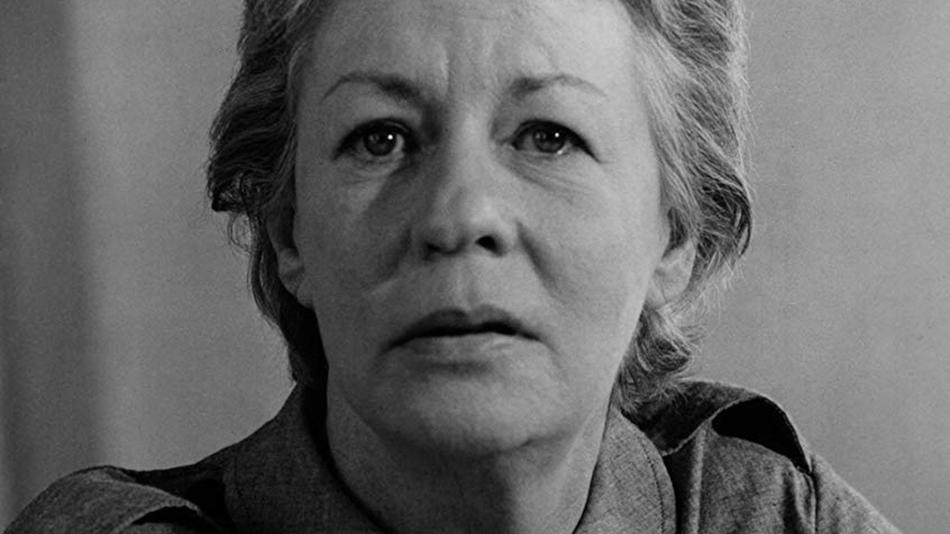
Uta Hagen was a German-American actress that was known as one of the best of her time, winning multiple Tony awards in her career. In 1947 she founded an acting school and began to teach the craft. After being blacklisted by Hollywood for a number of years, Hagen dedicated her time to New York theatre and teaching.
Uta Hagen once said, “If I can see the acting, I really don’t like it.” She believed that good acting is when you truly believe that the person on stage or on screen is a real person, and that is what Uta Hagen strived for.
What Are Uta Hagen’s Techniques?
Uta Hagen’s techniques focus on preparation and reason. She believed that if an actor didn’t know why they were doing something, then they shouldn’t be doing it in the first place. Her techniques allow actors to analyse reality, in order to have a deeper understanding of what is real.
In order to reach reality in performance, Uta Hagen had many beliefs, techniques and exercises. Here are a few examples:
- Six Steps
- Substitution
- Emotional Memory
- Transference
- Animation
- Improv
Uta Hagen believed that an actor must truly connect with the character, relationships and locations in a script. The problem with this is that you will often be in situations that you haven’t experienced or locations that you haven’t been to. This is where substitution comes in.
Substitution is when an actor replaces a location or event in their mind with something that they have experienced and can relate to. This allows the actor to be more present and truthful at that moment, and not have to ‘act’.
Where Can I learn Uta Hagen’s Techniques?
There are many ways to learn Uta Hagen’s techniques. The best way would be to find some workshops or classes in your area. I would also highly encourage you to read her two books:
These two books were written almost 20 years apart, and Uta Hagen eventually encouraged people to concentrate on the second book, as she found it to be clearer in its writing. But I’d still say that reading both books will undoubtedly give you a deeper understanding of the development of her practices.
Uta Hagen also released a three-hour documentary, as seen in this article, called Uta Hagen’s Acting Class in which we see a series of classes that she taught. This documentary is absolutely amazing as we really get a deeper understanding of her mindset. Watching this documentary will make you a better actor.
Lee Strasberg – The Method
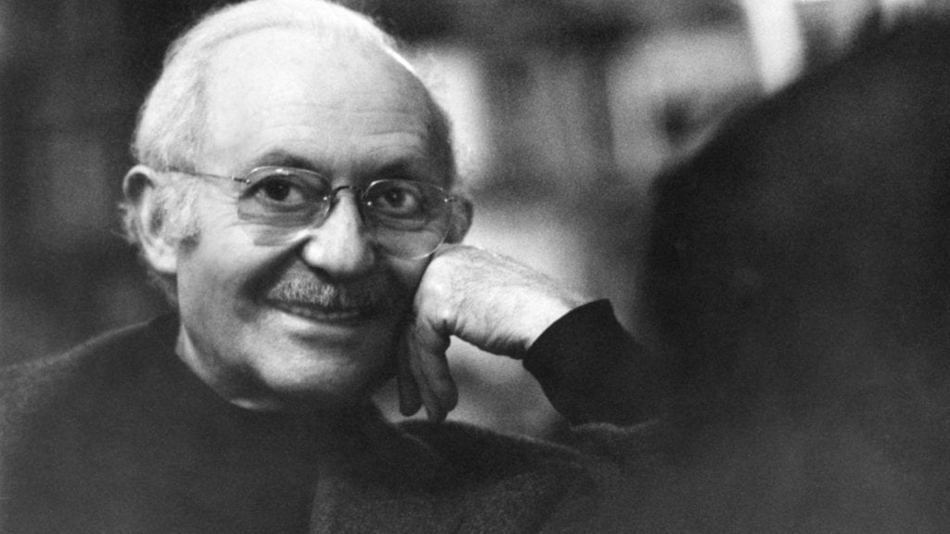
Lee Strasberg was a Polish-American actor, teacher and director who is known for founding The Method. In his life, Strasberg taught many actors that would go on to become household names themselves. As well as this, he would go on to inspire generations of Method Actors around the world.
Despite his inspiration from Stanislavski and Vakhtangov (one of Stanislavski’s students) many of Strasberg’s techniques are often seen as controversial. Sanford Meisner and Stella Adler, who both knew Strasberg from their time at The Group Theatre in New York were particularly against his techniques.
Meisner felt that Strasberg’s psychological method made actors live in their heads, instead of focusing on what is going on in the world around them.
In fact, 41% of people think that Method Acting is dangerous. I just wrote another article on this where I debunked common myths associated with Method Acting, which can be found here: The Myths of The Method: Can Method Acting Be Dangerous?
What Are Strasberg’s Techniques?
Strasberg’s techniques, like Stanislavski’s, were created by finding the best of what was already out there and honing it into a set of ideologies that he believed worked best to achieve emotionally believable performances. There’s no need to reinvent the wheel, right?
Because of this, Strasberg’s techniques are often considered to be more psychological. Here are some of the things that Strasberg focused on within his techniques and exercises:
- Affective Memory
- Sense Memory
- Concentration
- Relaxation
Affective Memory, also known as emotional memory, is one of the most central but controversial techniques within The Method. Affective Memory asks actors to use their own emotional experiences to put themselves into the emotional state of the character.
Rather than focusing on the surface-level information, finding the underlying emotional journey of the character in a scene and then using personal experiences with similar emotional connotations allows an actor to put themselves into the scene without having to experience what the character has experienced, first-hand.
Affective Memory was based upon Stanislavski’s technique of the same name, but Stanislavski would go on to abandon Affective Memory as he believed that it developed varied results in practice.
Where Can I learn The Method?
Lee Strasberg’s techniques are often the most mistaught due to a prominent misunderstanding of his teachings. Therefore, when searching for an acting teacher to help you learn The Method, it’s very important to do your research.
To get you started, there are some amazing reading materials on The Method. In my opinion, one of the most in-depth is Strasberg’s Method As Taught by Lorrie Hull. Professor Thomas Wheatley, a former UCLA professor, would recommend this book to all his students, and I recommend it to you!
While Strasberg’s techniques are often controversial, I believe that diving into The Method can have a lot of benefits. It’s not for everyone, but those that strive within it often give brilliant performances.
Stella Adler – The Stella Adler Technique
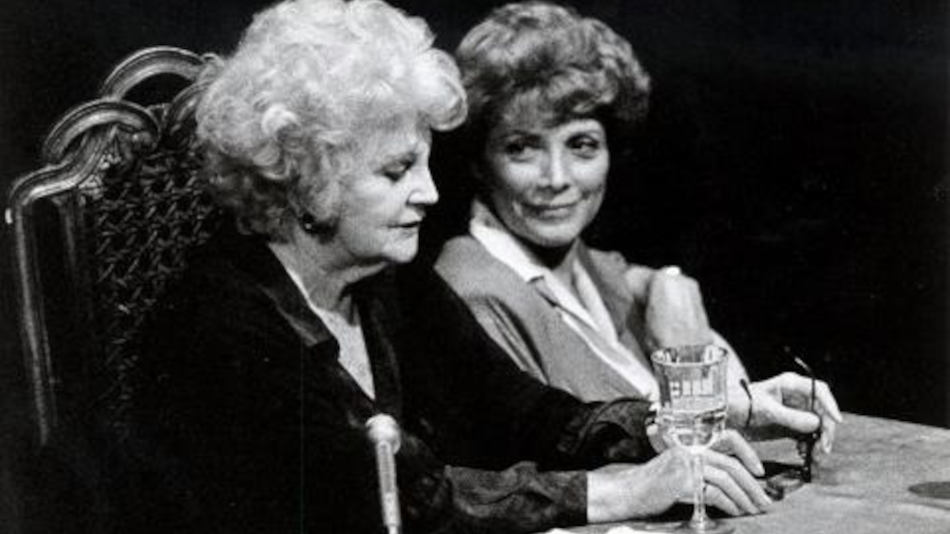
Stella Adler was an American actress and acting teacher. Being the daughter of Jacob Pavlovich Adler, a well-known Jewish actor, Stella grew up around the theatre and was drawn to acting from a very young age. After thriving in theatre and film, Adler started the Stella Adler Studio of Acting.
After The Moscow Art Theatre, founded by Stanislavski came to America in 1924, Adler was “stunned by their abilities.” And she began her journey into his technique. She would then begin to study with his students and eventually Stanislavski himself. But Adler had a very different understanding of Stanislavski’s method than Strasberg did.
What Are Stella Adler’s Techniques?
Stella Alders’s technique focuses on imagination. While Lee Strasberg believed that actors should use their own memories to influence emotion, Adler believed that the actor’s imagination was more powerful and controllable than their memories.
Adler also believed that actors should widen their understanding and experience of the world. Taking notice of the specific colours, textures, sounds and feelings of the things we experience. By experiencing more of the world and widening our knowledge of history and art, we can better use our imaginations to actually place ourselves within external realities.
Some of Stella Adler’s techniques focus on;
- Observation
- Understanding
- Imagination
- Size
- Action
Stella Adler believed that truthful performances are created when the actor believes the situation and not when they’re trying to convince the audience. You must use your imagination to turn the cold facts of the script and set, into things that belong to you.
If the stage is supposed to be your living room, you must own that living room. You must know where the pillows came from, you must know where the stain on the sofa came from.
In her book, The Art of Acting, Stella mentions that “when the great Italian actor Salvini played Othello he’d come to the theatre three hours before the curtain went up just to walk around the stage. To immerse himself in the situation and circumstances.”
Where Can I learn Stella Adler’s Techniques?
Stella Alder’s techniques are most popular in America and the technique is officially taught at the studio she founded in 1949; Stella Alder Studio of Acting which can now be found in both New York and Los Angeles.
But if you’d just like to take the first step, I’d highly suggest her book The Art of Acting. In this book, Adler doesn’t only teach a set of techniques or exercises; she goes deep into the reasons for each lesson, the history of her technique and ways of living your day-to-day life in order to become a better actor.
I’d also recommend watching the above documentary where you can hear it from Stella Adler herself as well as a few of her students. This documentary is an extremely interesting first step into the Stella Adler technique.

